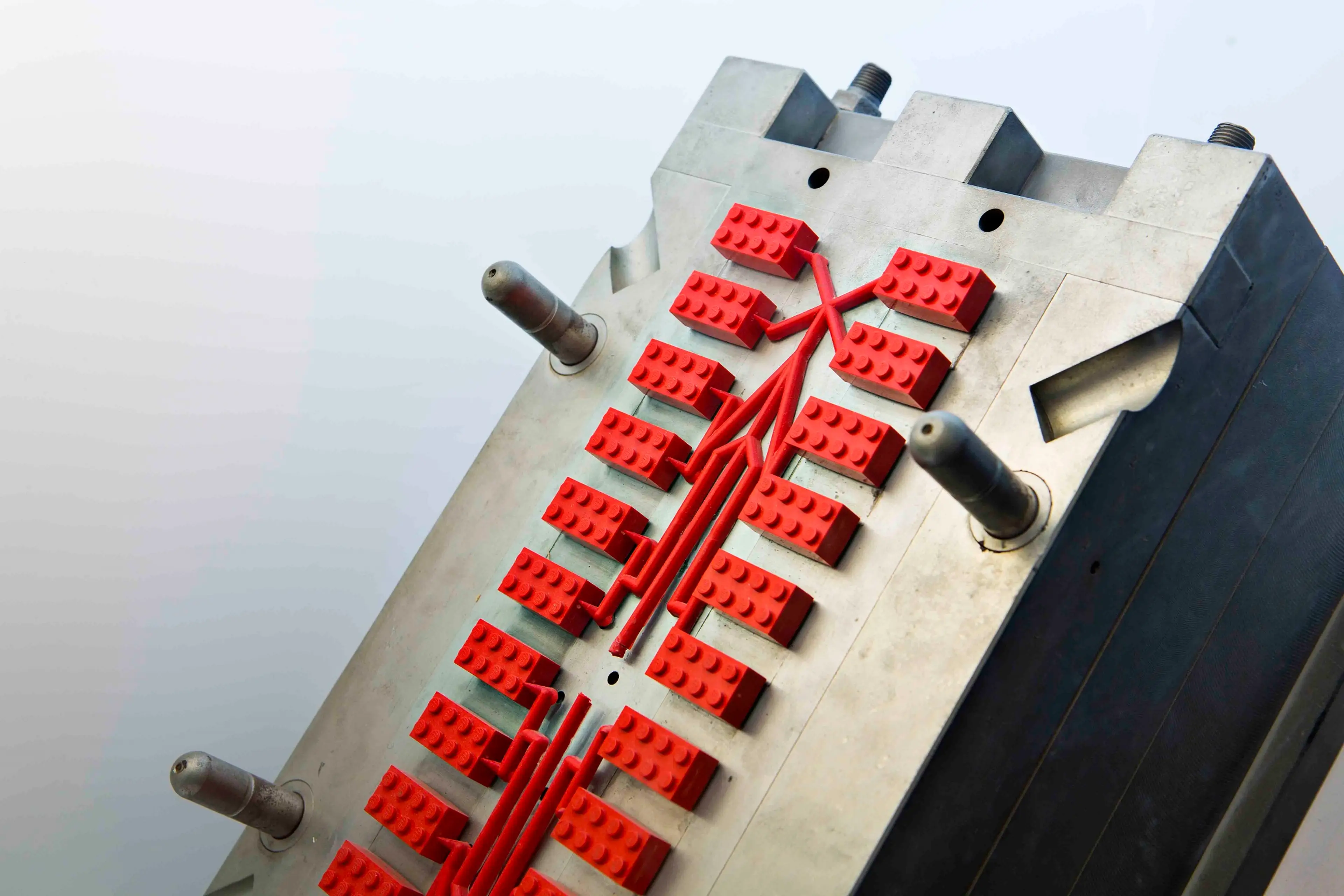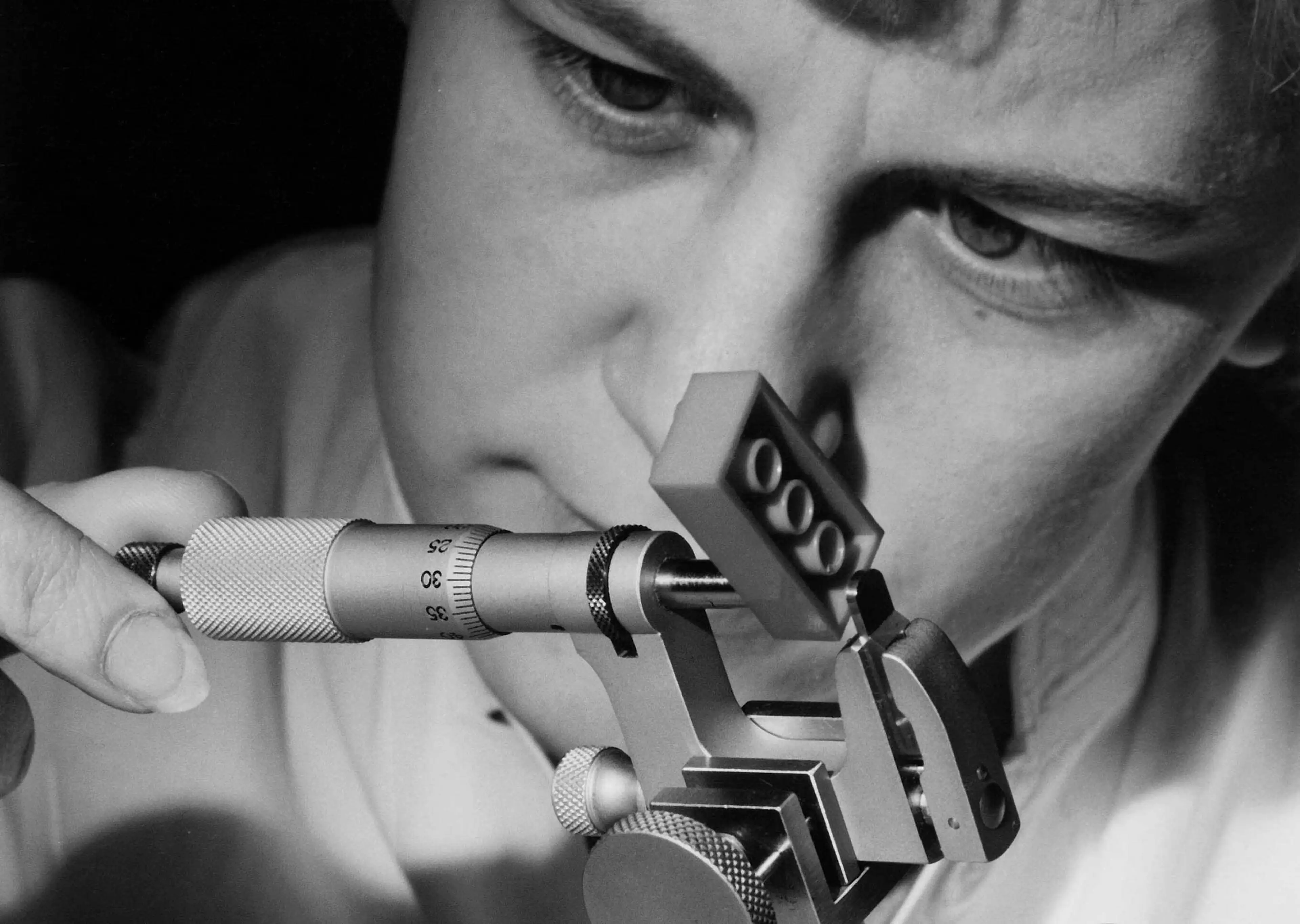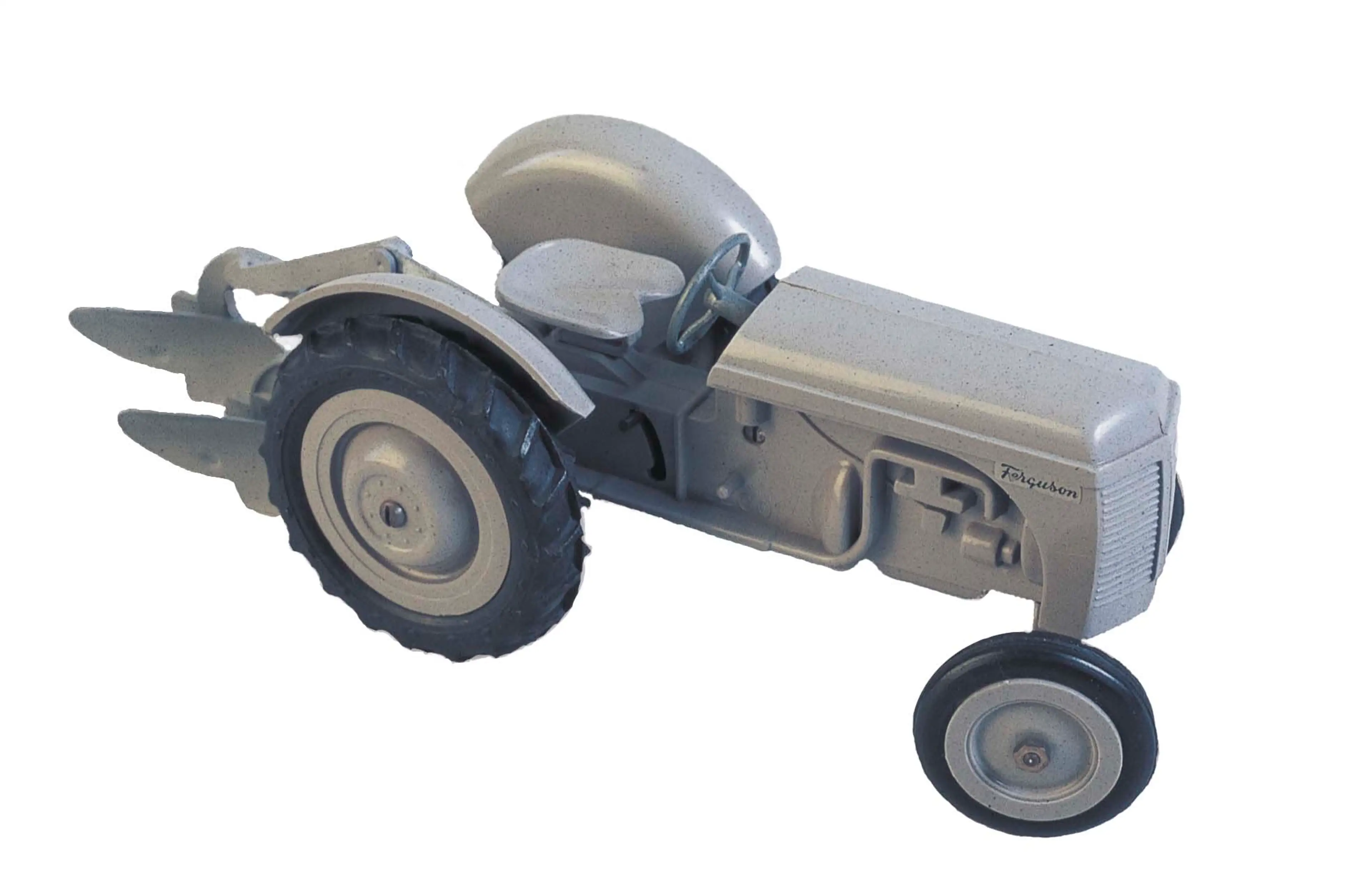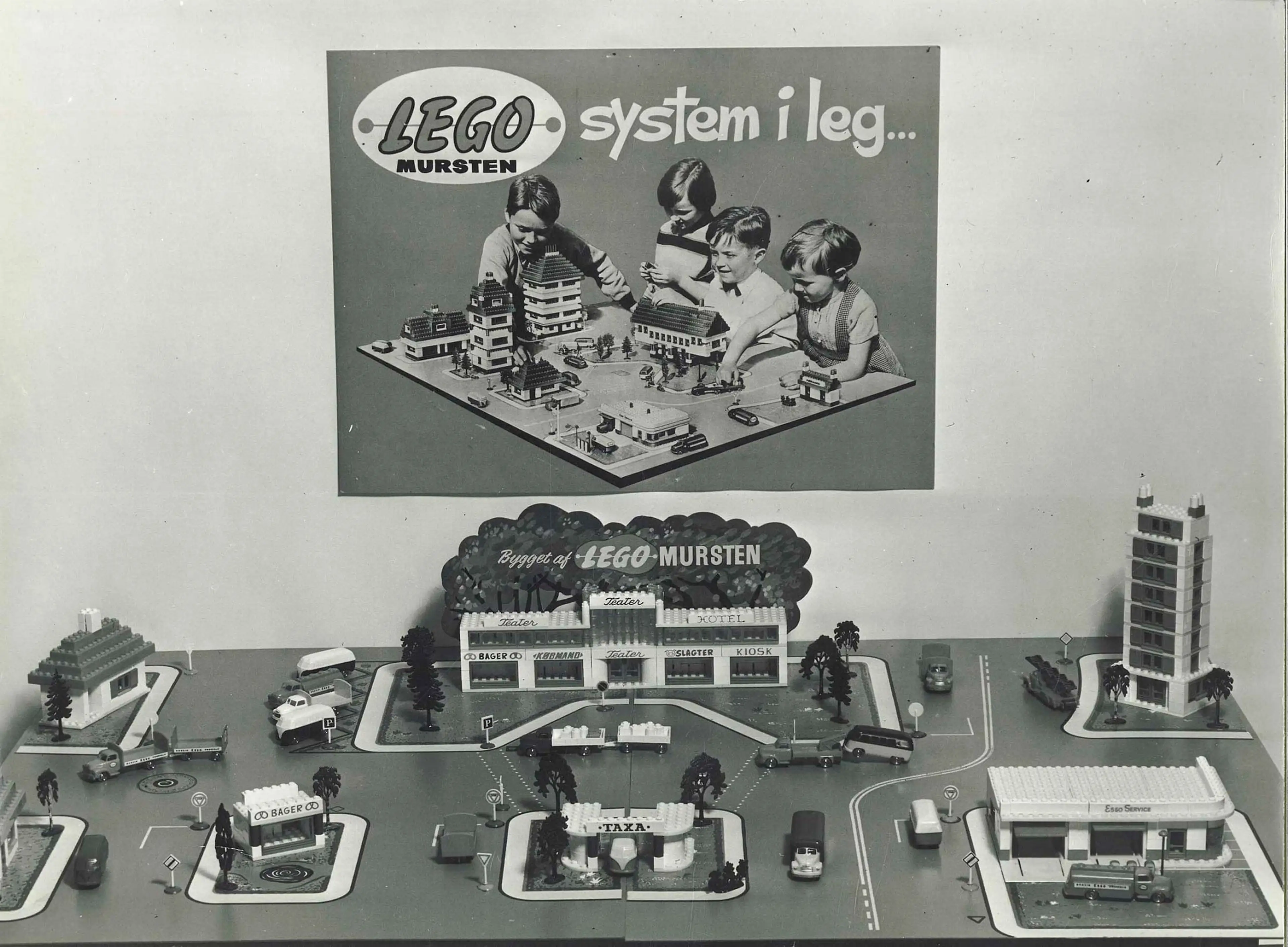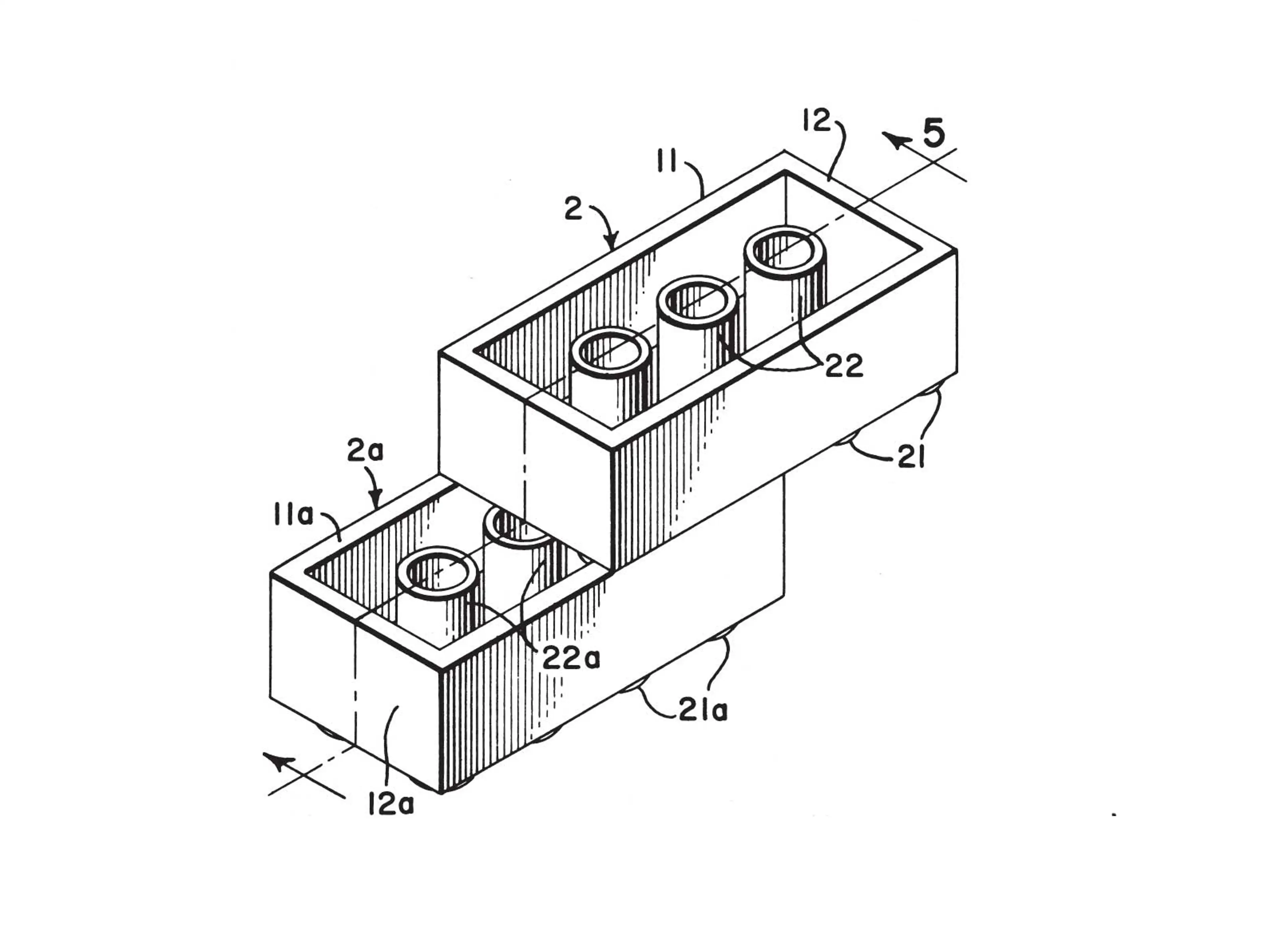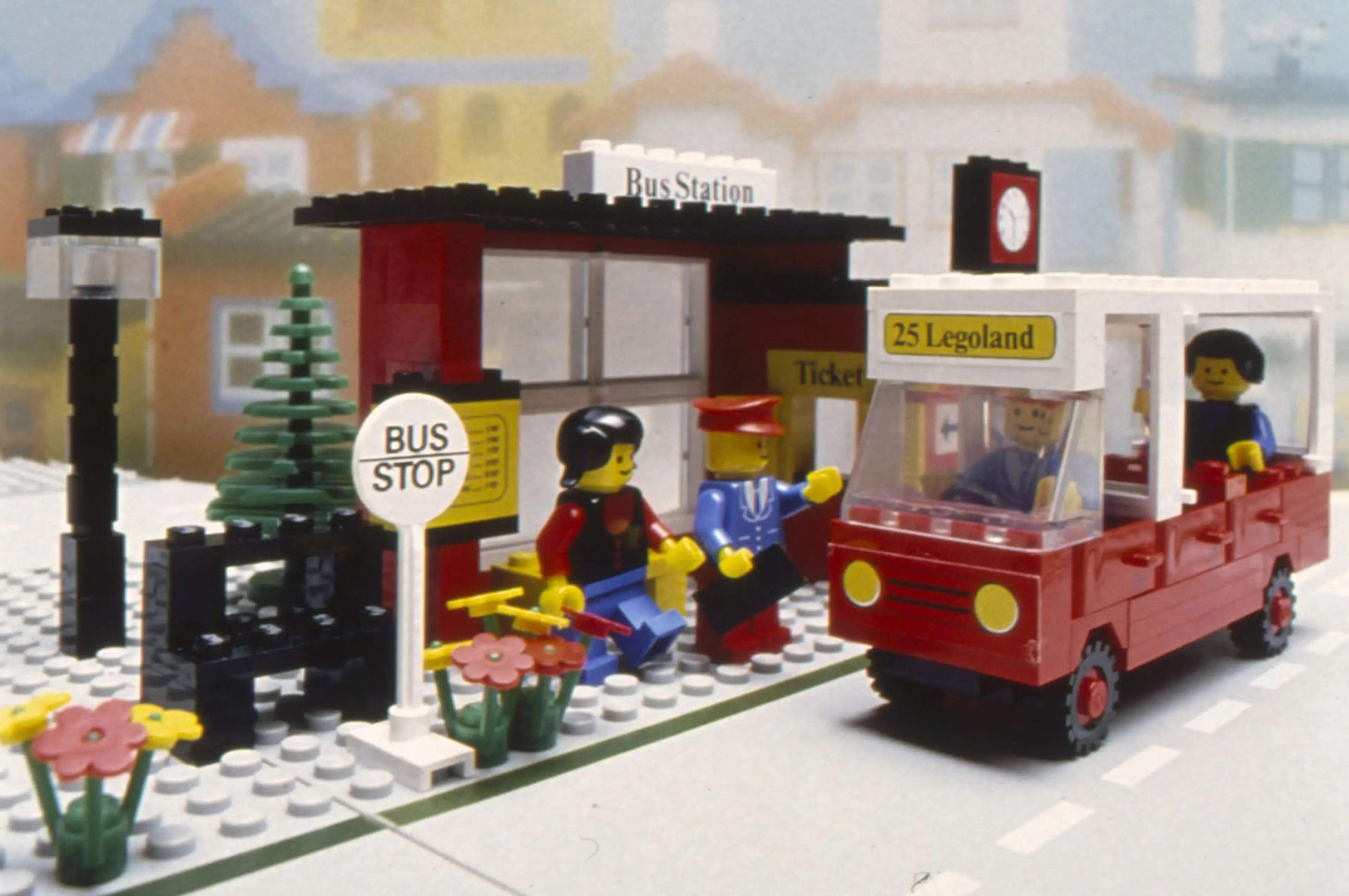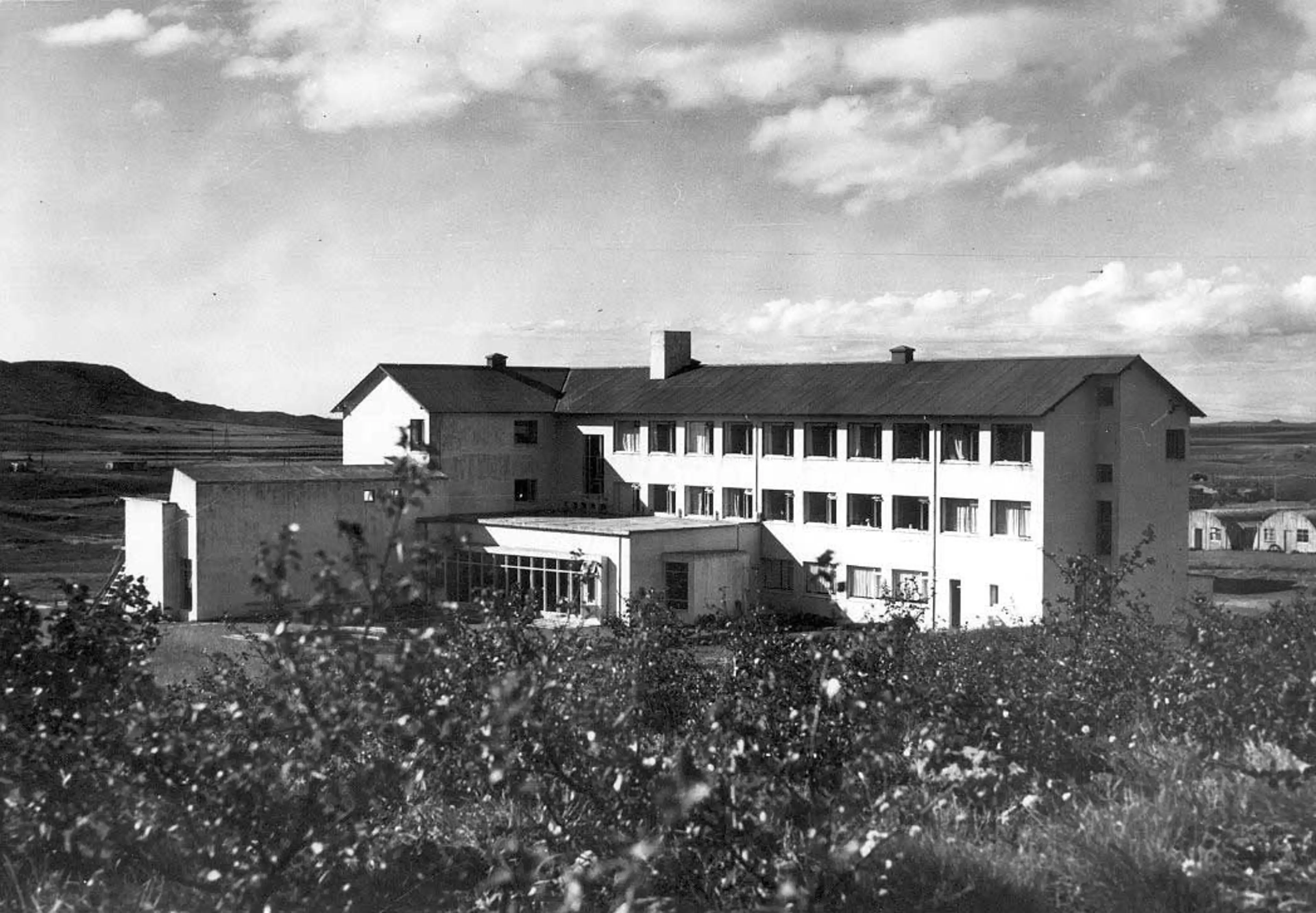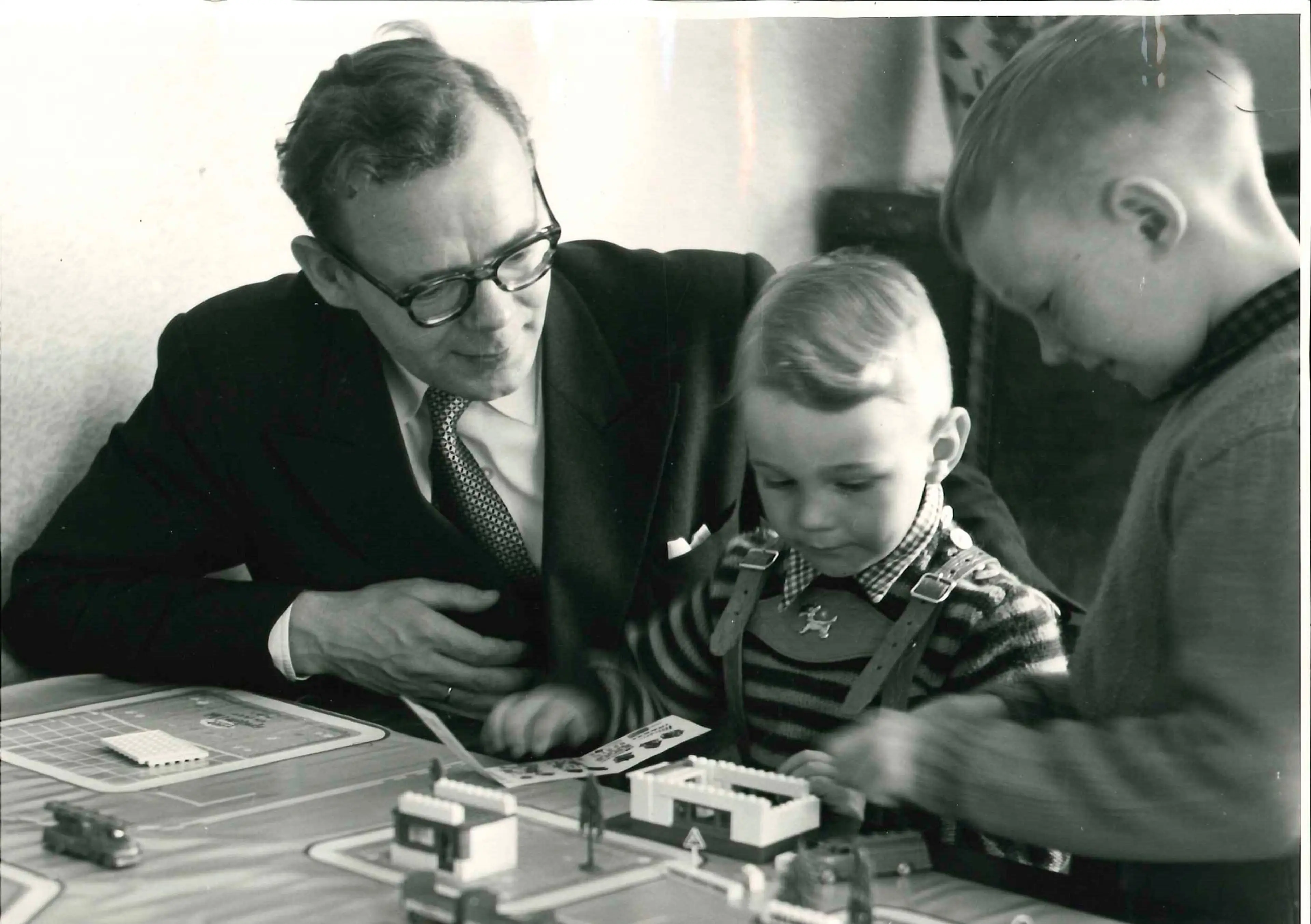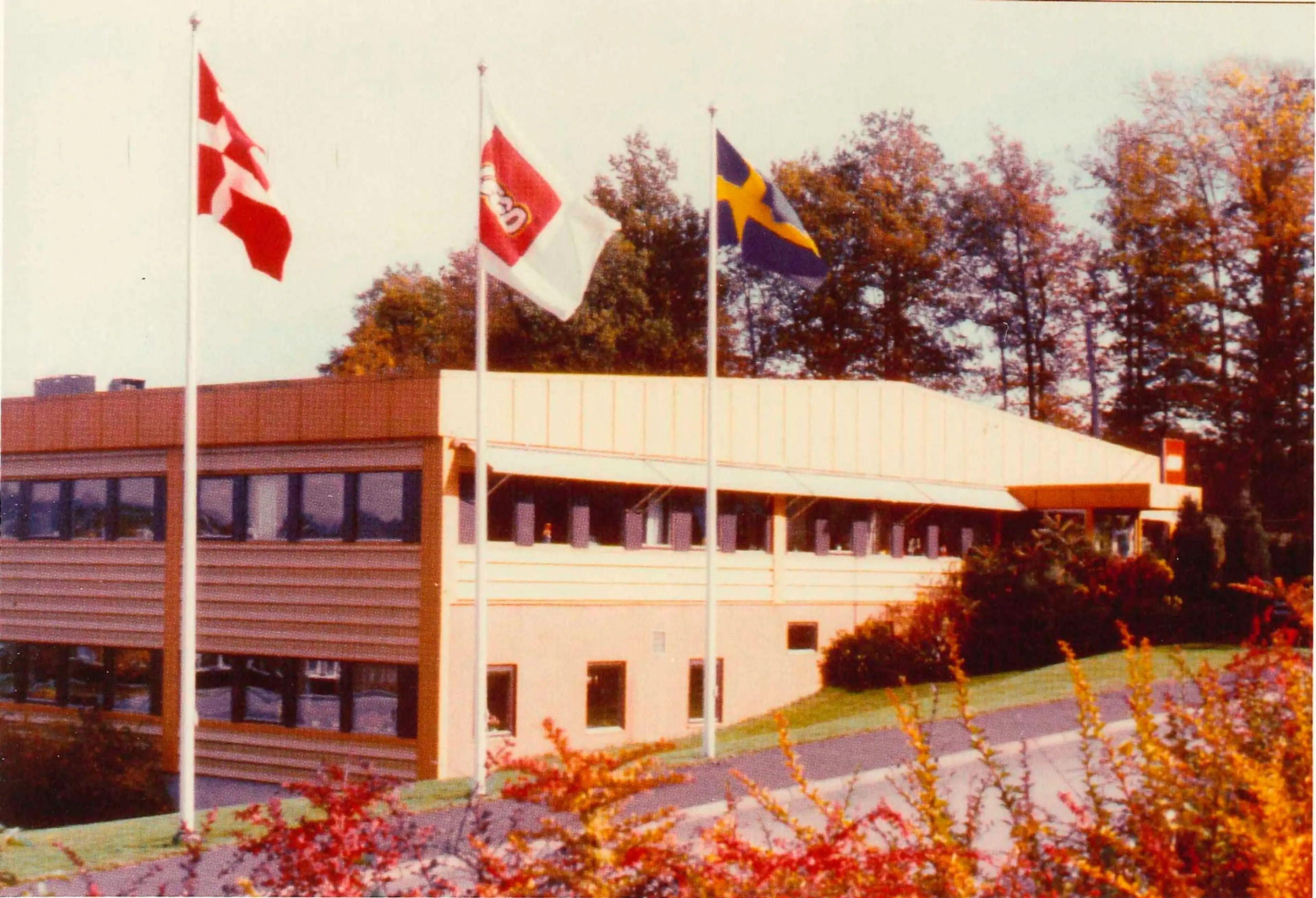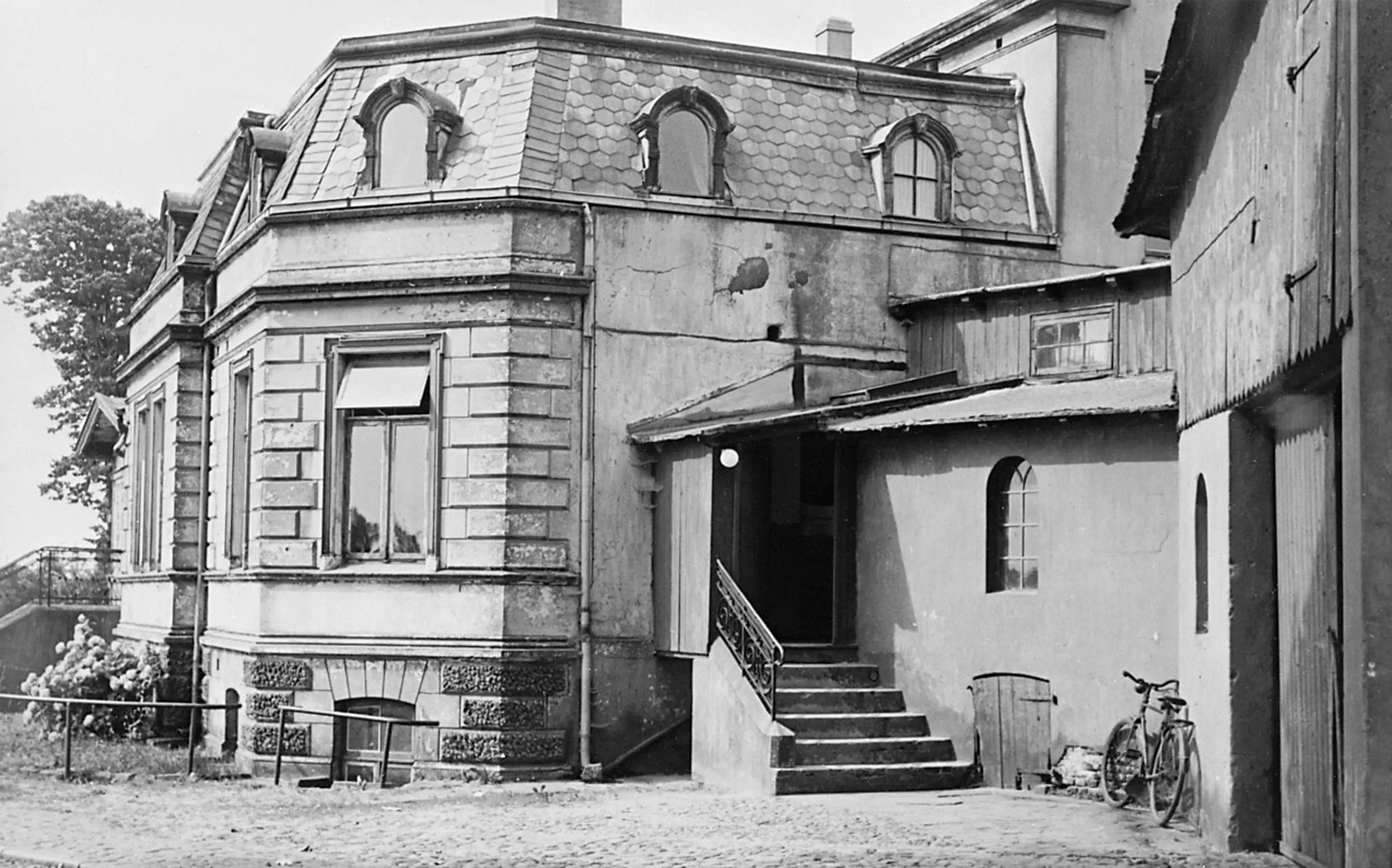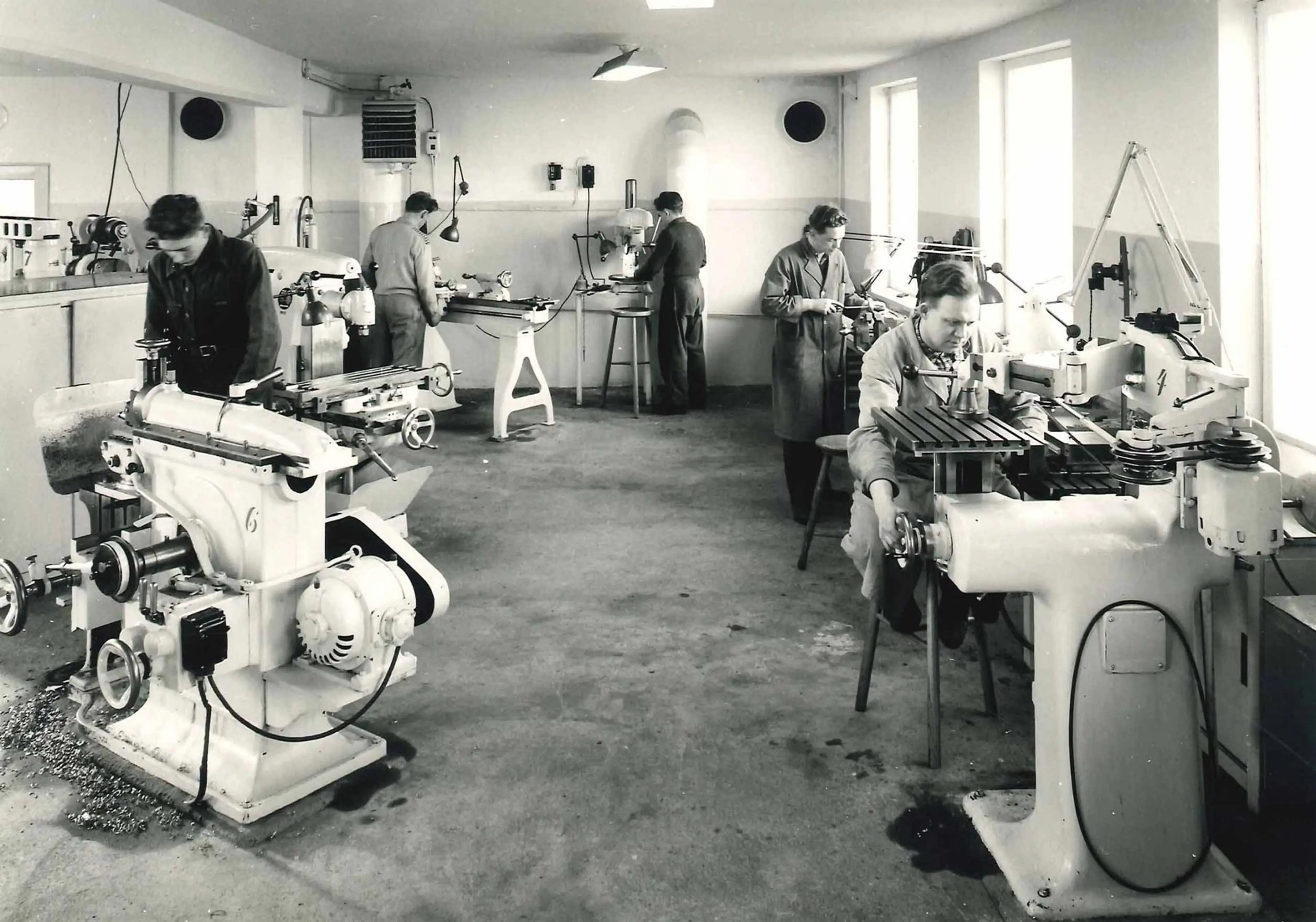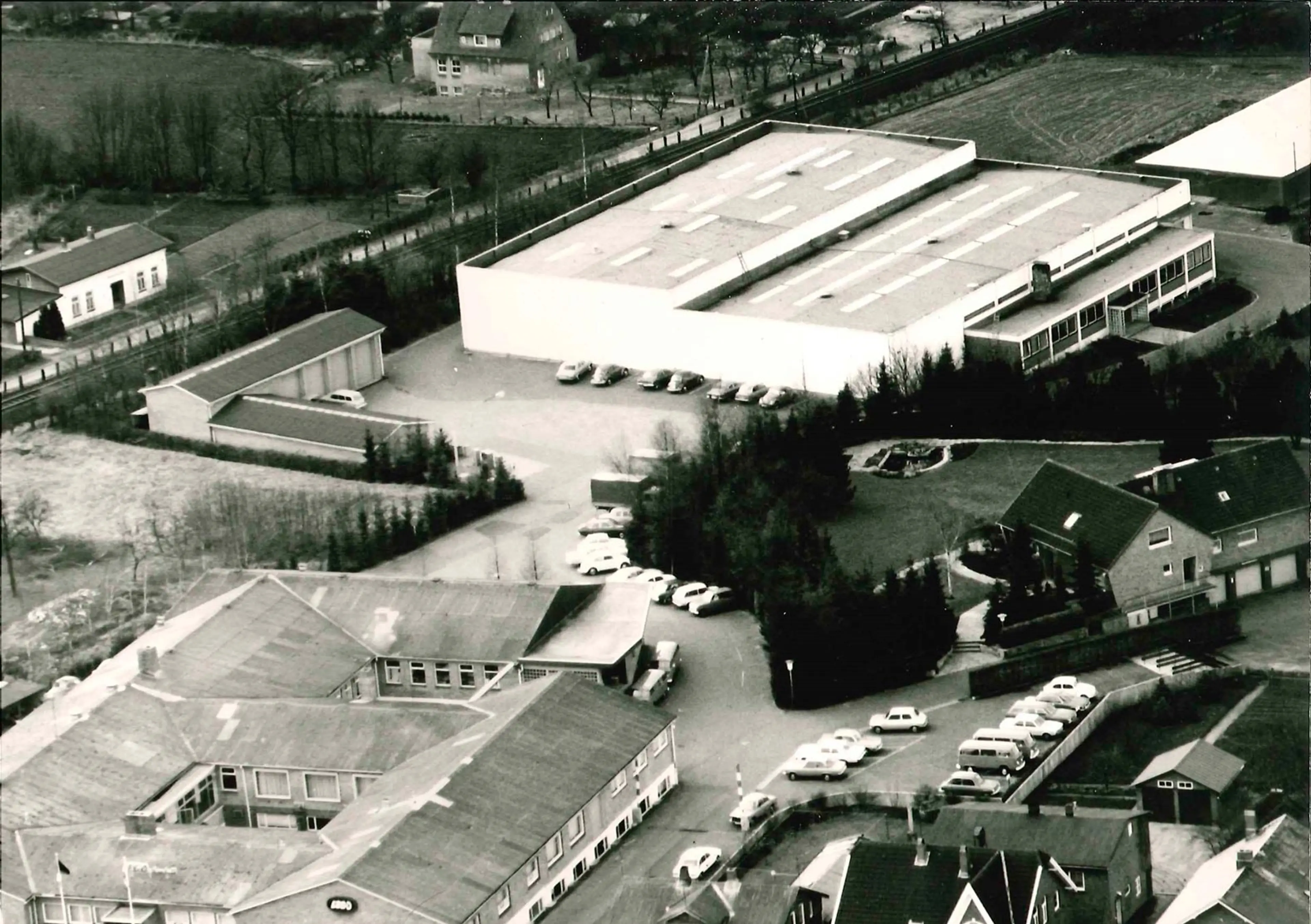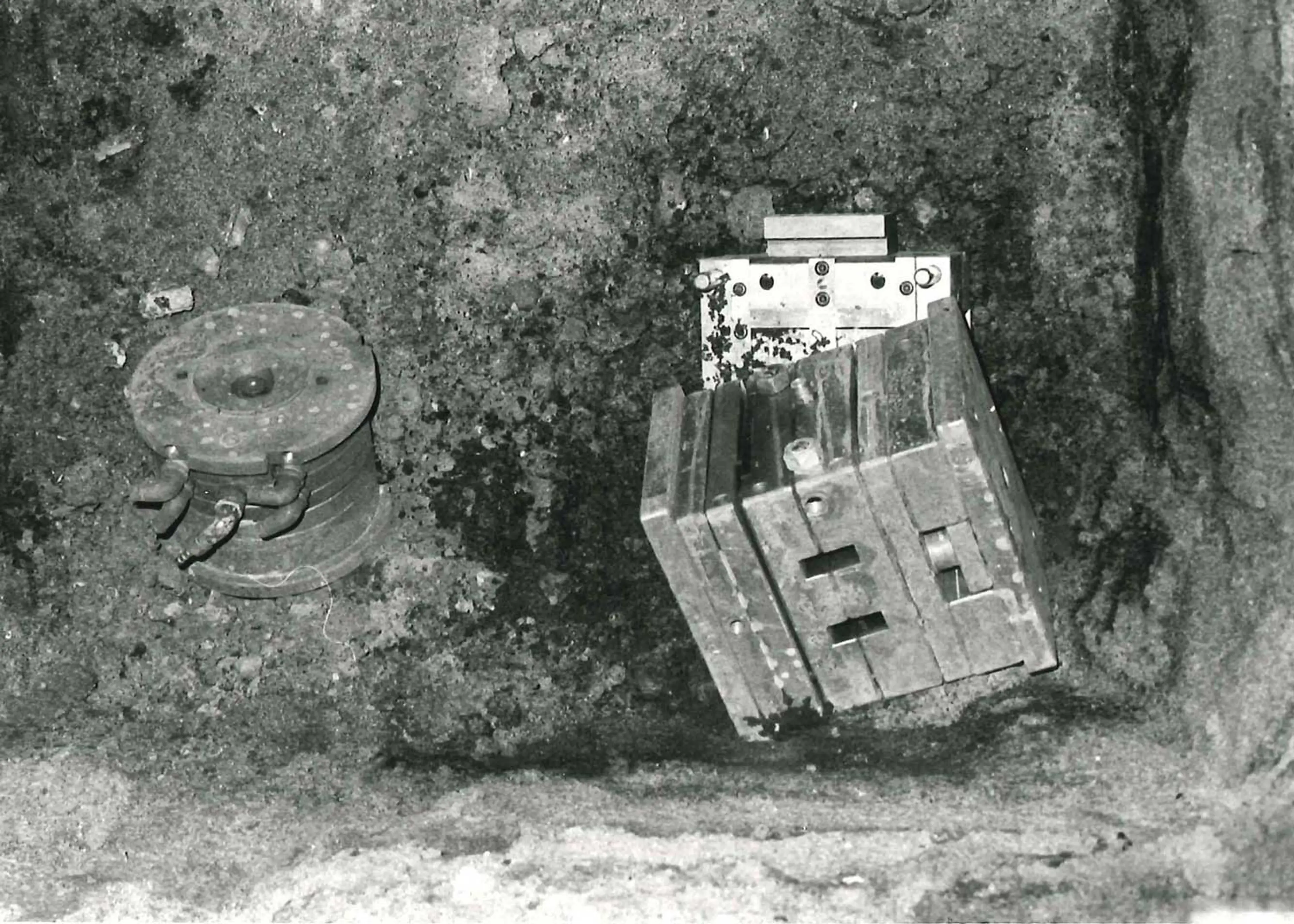In autumn 1951 the LEGO Group launches a small scale Ferguson tractor made of plastic. The tractor, marketed both as a building set and as a finished model, is a massive success. This success is one of the main reasons why the sales of the LEGO Group’s plastic products surpasses their wooden counterparts in 1952.
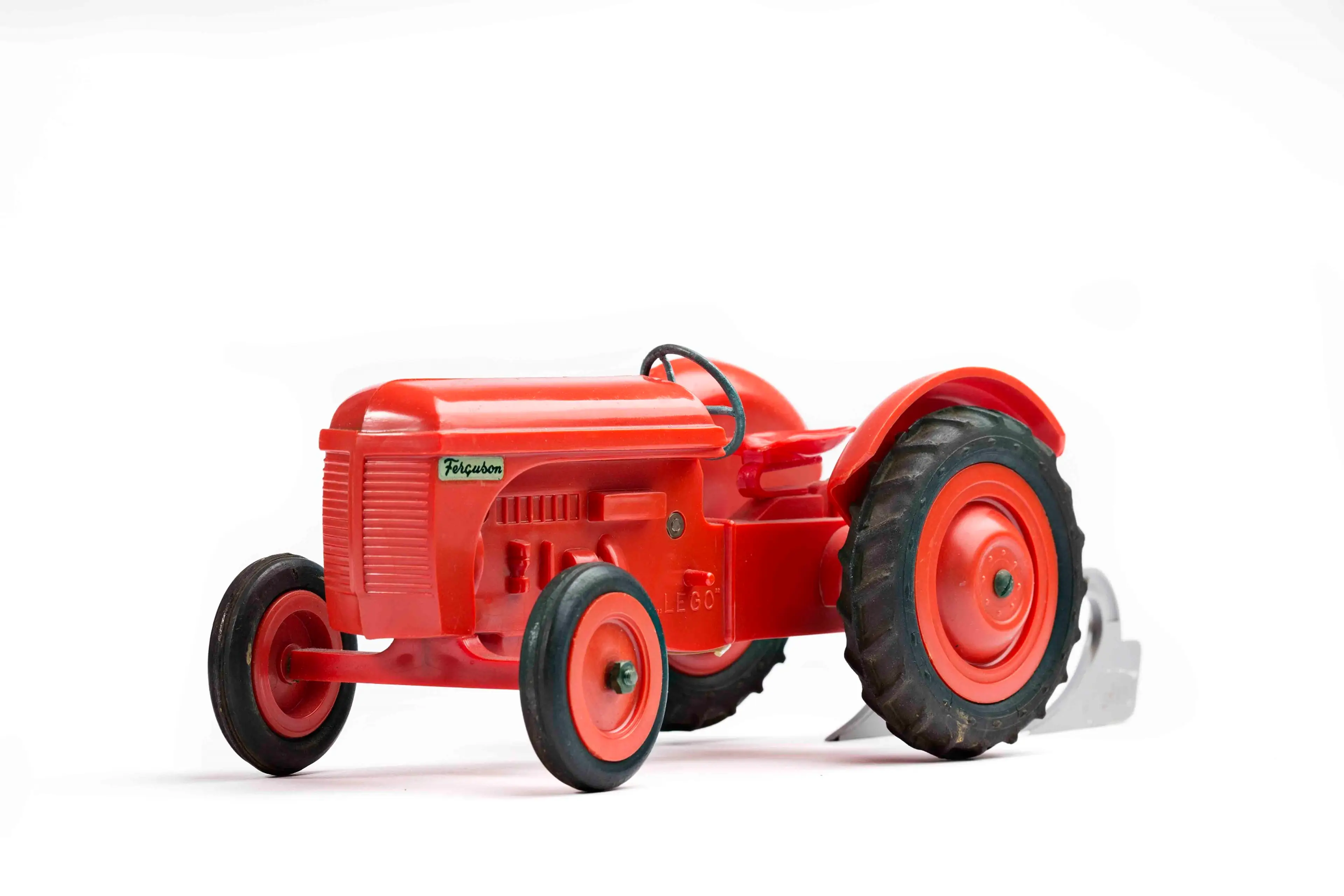
The Ferguson tractor is sold in two colors, grey and red. © Niels Åge Skovbo, Fokus Foto
Introducing the Ferguson Tractor
During a five‑year period from 1948 Denmark receives monetary and raw‑material aid from the United States under the European recovery programme designed to rebuild European economies. The programme is the Marshall Plan, named after US Secretary of State George Marshall. The funding aid enables hard‑pressed Danish farmers to buy new and better equipment, and in the post‑war years Danish agriculture is thoroughly modernized. The compact Ferguson tractor is particularly prized by Danish farmers, who quickly swap their horses and oxen for the reliable Fergie tractor.
The change is reflected in the Danish toy market. A look at the LEGO Group’s many wooden and plastic products from the 1940s, 1950s and 1960s clearly shows that these products are inspired by social change and technological progress. So it is a natural step in the early 1950s for the LEGO Group to set up production of a Ferguson tractor in plastic. If Mom and Dad has a Ferguson, their children playing in the farmyard want one too! A range of implements is also available for the new toy tractor, including a cultivator and a plough, for hitching on the back of the tractor. These implements fit not only the plastic Ferguson tractor, but also the wooden tractors that are also part of the LEGO products at the time.
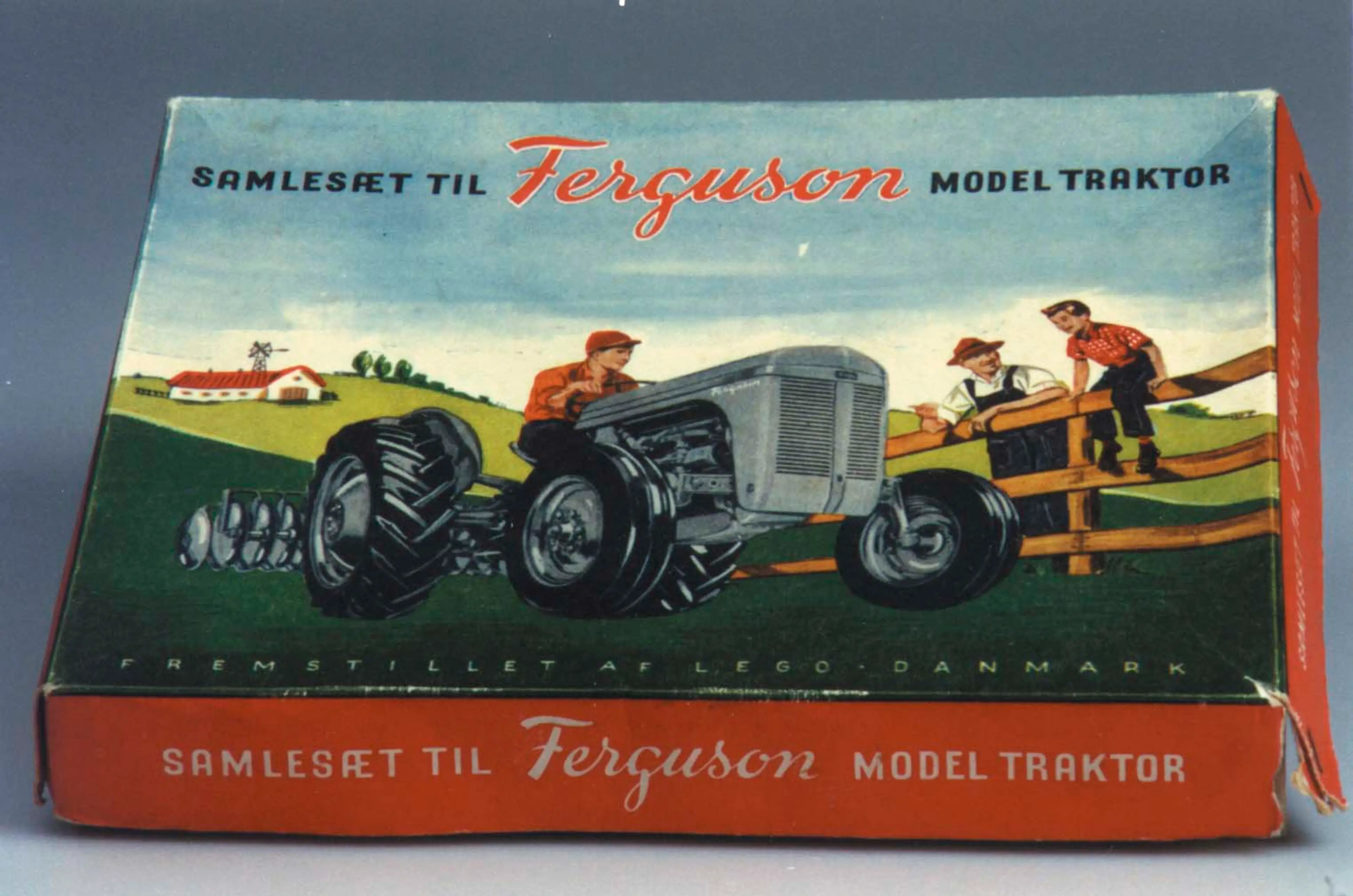
Two versions of the Ferguson tractor are manufactured: a finished model and a building set (photo) which children can assemble themselves
Expensive model
Developing the Ferguson tractor is a difficult task, and it takes more than a year to manufacture the first model. The cost of producing the technical drawings and molds needed to manufacture the tractor means that the first LEGO tractor off the production line in 1951 costs DKK 30,000. By comparison, a real‑life Ferguson tractor in 1952 costs DKK 9,180. The new product is under pressure to deliver – and at a retail price of DKK 13 each, the product has to sell well to recoup the LEGO Group’s investment. Fortunately, the LEGO Ferguson tractor is a massive and immediate success after the launch in 1951. The tractor, which is on the market until 1959, becomes one of the most popular LEGO products on the market, and is the first great success for the LEGO Group’s plastic‑molding department. The department is set up in the late 1940s after Ole Kirk Kristiansen purchases a plastic‑molding machine in 1946 and begins experimenting with plastic.
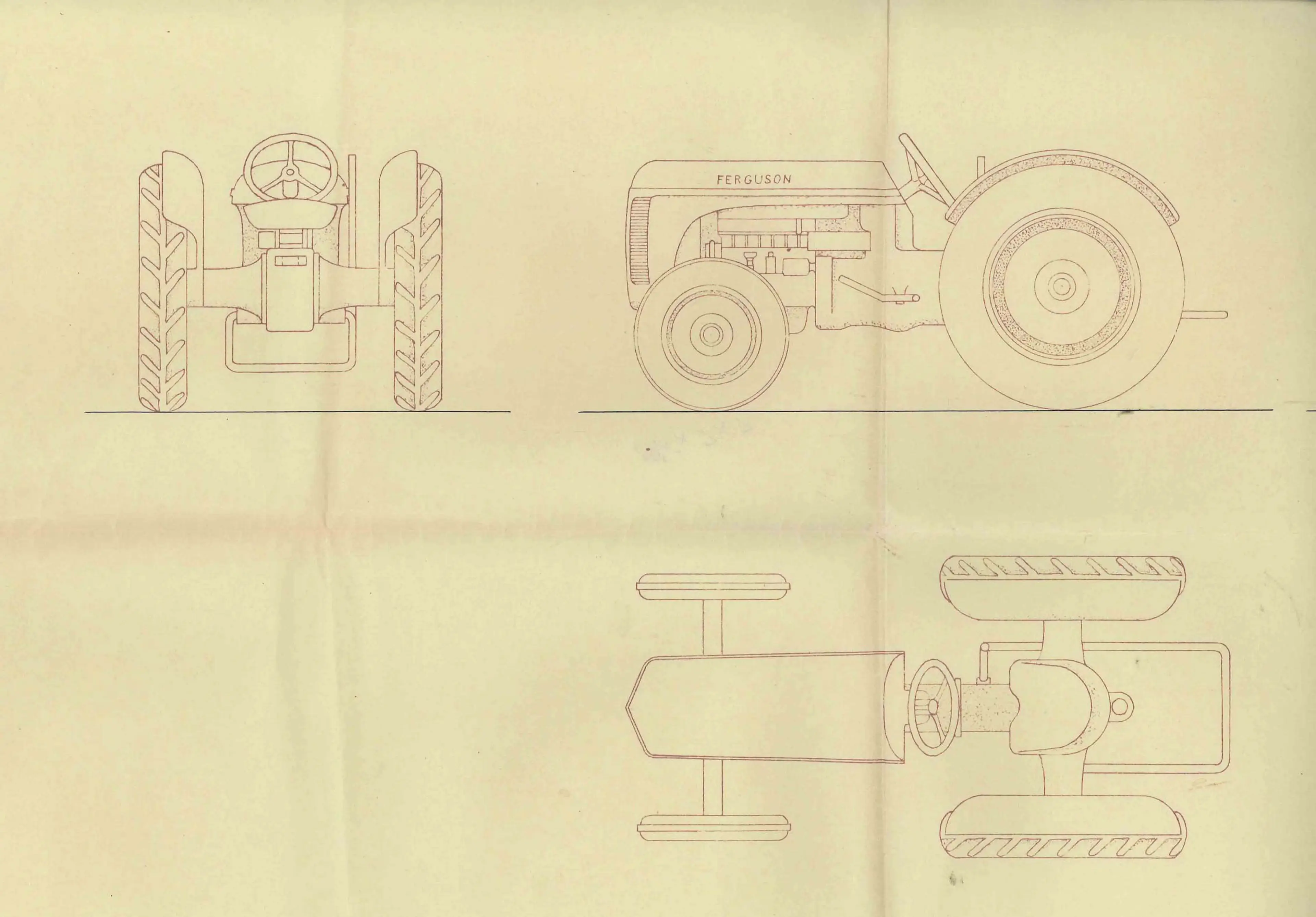
Drawing of the LEGO Ferguson tractor, by Knud Møller, the designer who later invents the LEGO wheel
Success breeds success
By 1952, the LEGO Group’s plastic products are ringing up higher sales than their wooden counterparts are. The runaway success of the LEGO Ferguson tractor makes a significant contribution to the success of the company’s plastic products. From its launch in 1951 to autumn 1954, approx. 100,000 units are sold. A success like the Ferguson tractor also have implications for other LEGO Group products. One of the items that catch the eyes of the children is Automatic Binding Bricks, a forerunner of the construction toy the world is later to know as ... LEGO bricks.
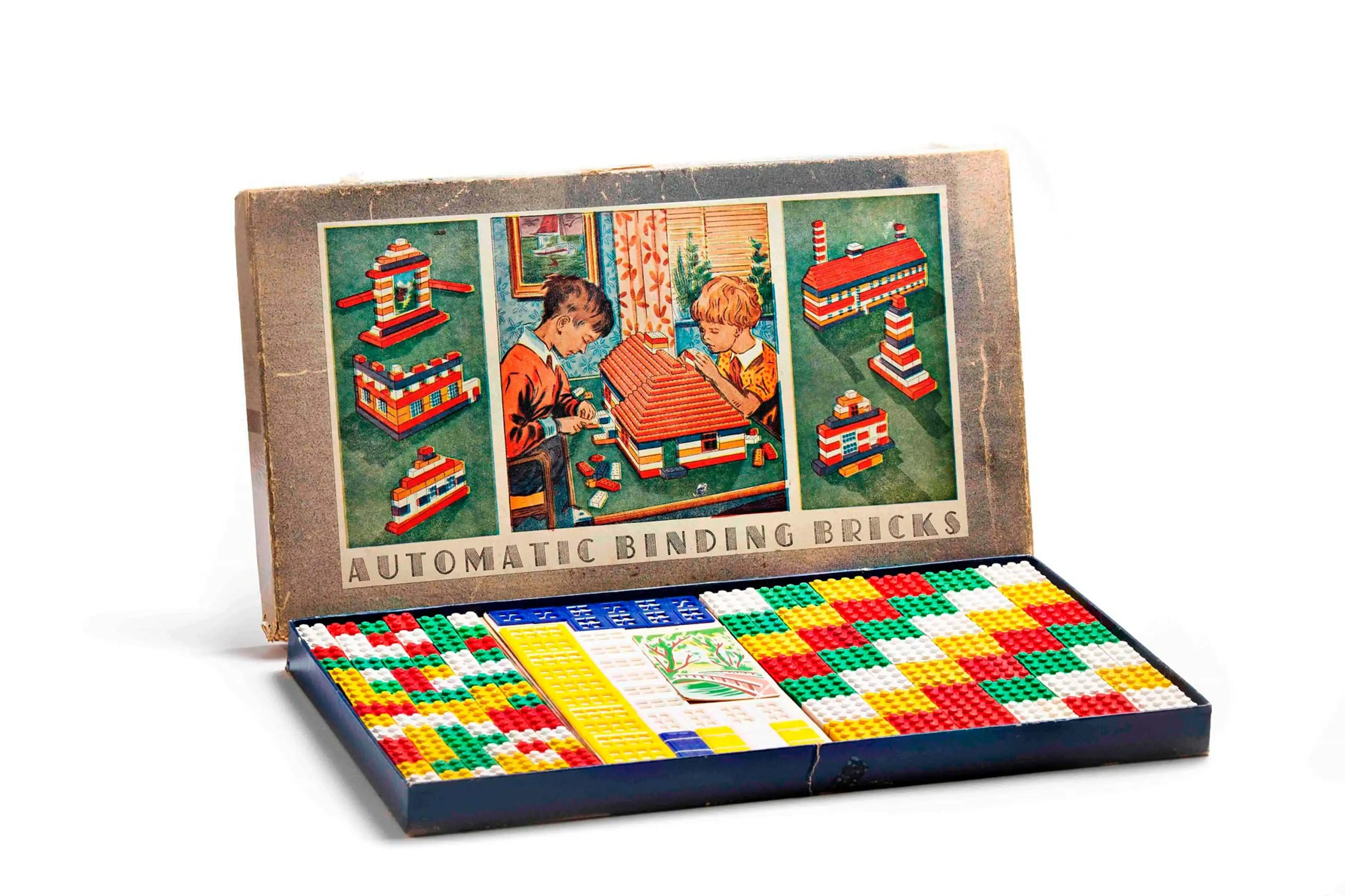
Automatic Binding Bricks launches in 1949
When the Automatic Binding Bricks launches in 1949, they add little to the company’s profits in the first couple of years. But the picture begins to change in the early/mid 1950s, when plastic bricks – in 1953 renamed from Automatic Binding Bricks to LEGO Mursten – increases in popularity. The rise in popularity is due, among other things, to improvements in the quality of the brick. The LEGO Group ploughs back part of the profits from the Ferguson tractor and other popular products, into improving product development. One of the results is better‑quality bricks and the development of new elements. In 1954, the plastic series is broadened to include new doors and windows as separate building elements and in 1955, the company introduces LEGO System in Play. With the introduction of the LEGO System in Play, the product is developed into a toy system, meaning that all elements from this moment onwards fit together no matter when they are produced. The system idea is one of the key milestones in the history of the product that later is developed into the LEGO brick we know today, and one of the keys to the success of the product.
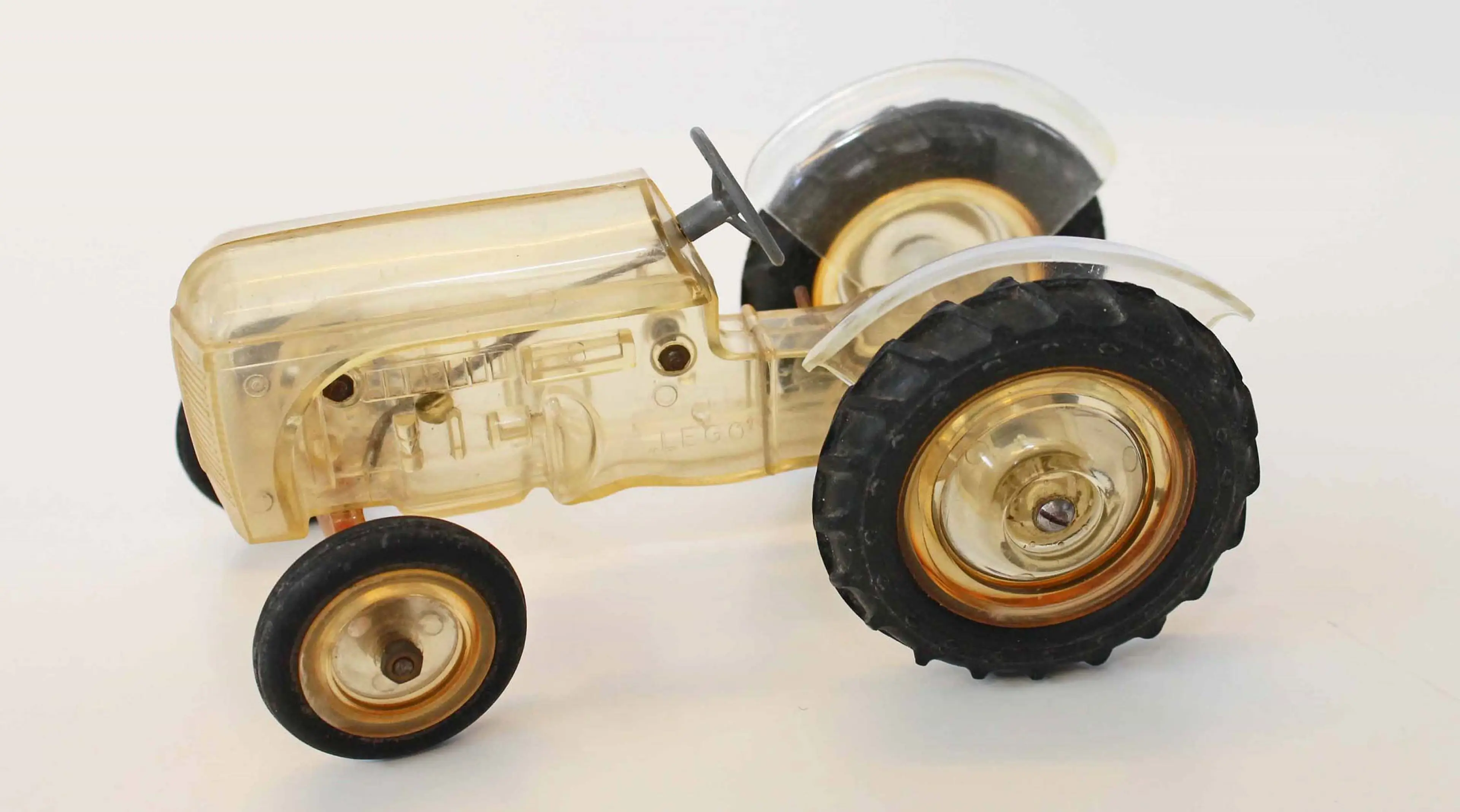
The LEGO Group also produces a limited number of the Ferguson tractor in clear plastic, which is used as an exhibition model in toy shops throughout Denmark
In many respects, the success of the Ferguson toy tractor helps drive product development in the direction of what is to become the LEGO Group’s all‑consuming success: the LEGO brick. This does not mean that LEGO bricks would not have become the winner they are without the earlier sales successes – the idea is too strong to fail. However, the economic leeway generated by the Ferguson tractor undoubtedly helps the company more quickly to develop and establish the brick.
